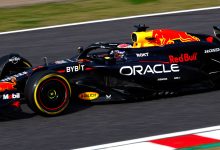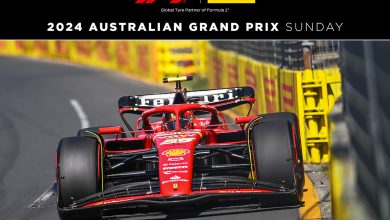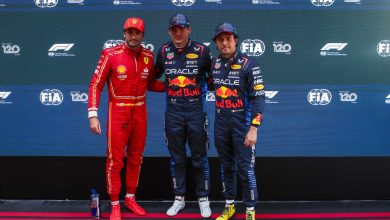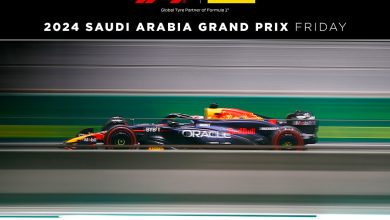Brembo explains the breaking points of the 2019 Formula 1 German GP
An in-depth look at the braking systems on the Formula 1 single-seaters at Hockenheimring
Hockenheimring will host the eleventh race of the 2019 Formula 1 World Championship season from July 26 to 28.
The track in use since 2002 is very different from the original used by the Formula 1 single-seaters since 1970, given that chicanes were added and modified throughout the years.
Yet, the current layout still includes the Motodrom section featuring every type of turn possible: The Spitzkehre hairpin turn (turn 6), fast corners (turn 7) taken at full-throttle, and other corners where brake use is at mid-level.
Hockenheimring is a track that puts the power-units to the test, but the brakes benefit from long straightaways that help them cool down after the intense work in the first two-thirds of the circuit.
But if it rains, the opposite problem could occur where the carbon braking system (discs and pads) doesn’t reach its optimal operating temperature. In this case, the drivers don’t have all of the friction they need to brake.
According to Brembo technicians who have classified the 21 World Champion tracks, Hockenheimring falls into the category of circuits that present a high-level of difficulty on the brakes. On a scale of 1 to 5, it earned a 4 on the difficulty index.
The demand on the brakes during the GP
On average, the Formula 1 drivers use their brakes on a single lap for just over 11 seconds and a half, a value that is a second lower than that of the Canadian GP.
However, the German track is longer by 213 meters (699 feet) than the track in Montreal and the cars’ average lap speed is faster. The braking systems are engaged for 16% of the race, the exact same percentage registered at the Australian GP and the Russian GP, but these races are very different in terms of the number and intensity of braking.
The average peak deceleration is 4.6 G overall, despite the first three braking sections never going below 5.2 G. From the start of the race to the checkered flag, the amount of energy dissipated by each single-seater is over 237 kWh.
Summing up the load applied to the brake pedal from the start to the finish, each driver experiences a force of 49 tons (108,027 lbs).
The most demanding braking sections
Less than a third of the 17 turns on Hockenheimring require brake use: four are classified as demanding on the brakes and one is light.
The most challenging braking section is at turn 6 because the cars slow down from 329 km/h (204 mph) to 65 km/h (40 mph) in a mere 2.9 seconds.
The drivers are subjected to a deceleration of 5.7 G as they apply a load measuring 214 kg (472 lbs) on the brake pedal and travel 129 meters (423 feet).
The drop in speed is less decided at turn 2: From 320 km/h (199 mph) to 103 km/h (64 mph) in just 2.66 seconds, which translated into very hard braking.
The deceleration is slightly lower (5.2 G) at this turn, but the load on the brake pedal reaches 178 kg (392 lbs).
These characteristics make this turn one of the favorites for any driver looking to pass a competitor.
It’s also worth mentioning the braking done on turn 8: From 303 km/h (188 mph) to 109 km/h (68 mph) traveling 110 meters (361 feet) in 2.22 seconds and applying a load of 155 kg (342 lbs) on the pedal.
Brembo performance
Cars with Brembo brakes have won 21 editions of the German GP. Five teams have won here at least once, including Ferrari in 1977 with NikiLauda.
This was the first victory Ferrari secured with Brembo brakes, it then went on to win 11 other races. Only one of these victories by the single-seaters from Maranello took place at Nürburgring.
Michael Schumacher on the other hand, won four times on this track, every single time with Brembo brakes.







